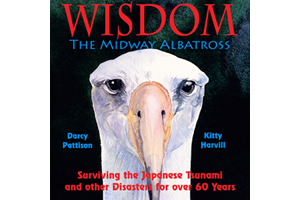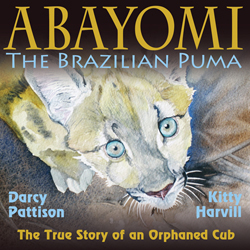How much research do you need to do for a children’s nonfiction picture book? Tons!
Nonfiction means that you have the facts straight, ma’am.
3 sources agree. Traditionally, writers look fora at least three sources to back up each piece of information. This means the content isn’t just a personal opinion or a poorly researched fact. Facts should be replicated in multiple studies and corroborated by multiple experts.
Primary sources. Just as in any nonfiction writing,it’s important to go to the primary source of information. Talk to scientists, look up research reports and email the authors of the study, go out and try something for yourself.
Dig deeper. Nonfiction picture books should dig deeper for information, for the meaning and interpretation of the facts, and for context. A biography of Shirley Temple, for example, would likely consider the Depression Era and the effects it had on the burgeoning film industry. For some, Temple’s films were seen as a cheap escape from the harsh realities. President Franklin Delano Roosevelt said about her, “When the spirit of the people is lower than at any other time during this Depression, it is a splendid thing that for just 15 cents, an American can go to a movie and look at the smiling face of a baby and forget his troubles.” And of course, if I was writing a book with that quote, I would have to tell you where I found it. (It’s quoted here in the UK Guardian.)
Tools for Research
My favorite tools for researching for a nonfiction children’s book include:
Google, GoogleScholar, and more. Here are tips and more tips for searching on Google. Did you know you can restrict the search to a certain website or ask Google to only tell you about information posted in the last year? GoogleScholar searches research journals. See the full list of Google products here.
Wikipedia. I know, people feel that Wikipedia is unreliable. But Clay Shirky argues in his book, Here Comes Everybody, that over the long run, it’s more reliable because so many people are able to edit it. Crowd-writing-and-editing is both the strength and weakness of Wikipedia. And yet, I find it great for an initial look at a topic; and the references are often the primary sources that I need. Don’t discount this one.
Library Databases. I recently taught essay writing to a group of home-schoolers and we took a field trip to a public library to look at their databases. These are databases that either aren’t available on the web, or cost too much for an individual to subcribe to. Most public libraries subscribe to an incredibly rich set of databases that offer a world of information; often these are available online through your library’s website. It’s one of the first places I look for info.
Follow up leads. Often these resources will send me off in multiple directions scrambling for more information, emailing scientists, reading dense research reports and so on. It’s not where you start, but where you end up that matters. Follow the trails, question everything and search for answers.
[convertkit form=4992784]
Two Nature Books as Examples of Research
My two recent nature books took different tracks for their research.

 Research for my latest nature picture book took a different tack. Abayomi, the Brazilian Puma: The True Story of an Orphaned Cub The illustrator, Kitty Harvill lives in Brazil half the year and is involved in the environmental art community there. She heard about an orphaned puma cub and suggested the story. Because she knew the scientists involved, it meant lots of interviews, including Skyping with the scientists.
Research for my latest nature picture book took a different tack. Abayomi, the Brazilian Puma: The True Story of an Orphaned Cub The illustrator, Kitty Harvill lives in Brazil half the year and is involved in the environmental art community there. She heard about an orphaned puma cub and suggested the story. Because she knew the scientists involved, it meant lots of interviews, including Skyping with the scientists.
The reports about where the cub was orphaned included coordinates for the chicken farm where the mother was killed. I looked on GoogleEarth and found images of the exact locale, which helped me describe the events in more detail. Harvill actually visited the site and took photographs for reference for the art.
For this story, the context meant even more research. Why are pumas important in the Brazilian ecosystem? It turns out that there has been an increase in Brazilian Spotted Fever (similar to Rocky Mountain Spotted Fever in the U.S.). The largest rodent in the world, the capybara is the primary host for the ticks that carry the fever; and the biggest predator of capybaras are pumas. I researched ticks and tick-borne diseases, checking the World Health Organization to confirm that the fever has increased in Brazil. I looked at capybaras and their habitats. Puma diet consists of many other small mammals, including rodents. Were capybaras a large portion of what they ate? The questions went on and on.
Through it all, though, there was this main question: where is the story?
For me, it’s not enough just to recite facts. I want the emotional impact of those facts, the story. I found it in the original report of the cub who was orphaned. The owner of the chicken farm where the mother was killed said that he had no idea pumas might be involved in stealing his chickens. He said, “I’ve lived here for over 40 years and I’ve never seen a puma.”
That thought sat around for a long time, before it became the basis of the story: pumas were invisible.
Nonfiction picture books require meticulous research and each project takes on a life of its own.
Check out other 2nd Grade Picture Books for examples of nonfiction titles to study.
Some great hints here and very timely for me since I’m working on non-fiction projects just now. Thanks!
Great post! And just as applicable to nonfiction books for older readers as well.
Thanks much!